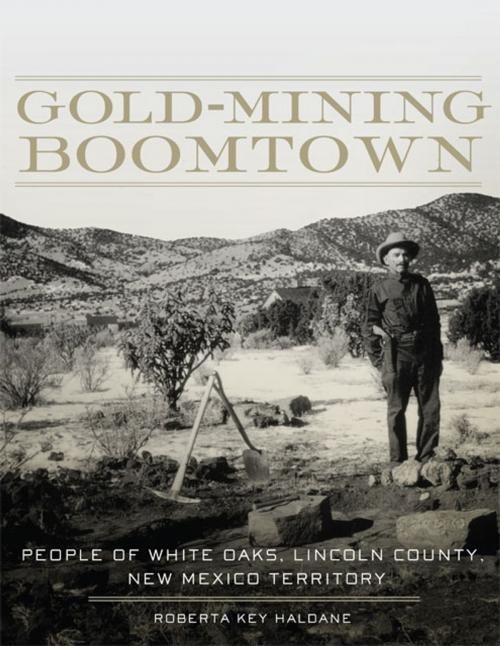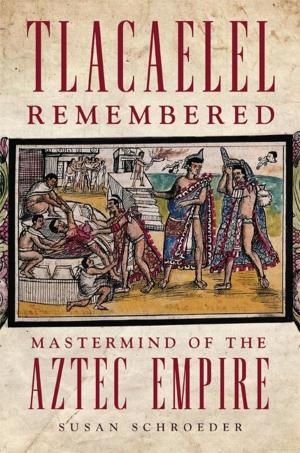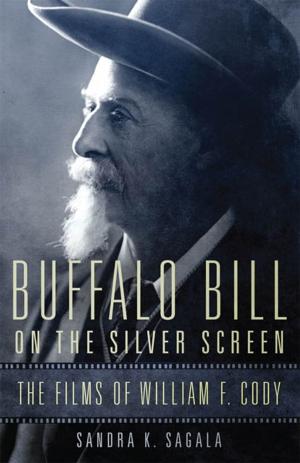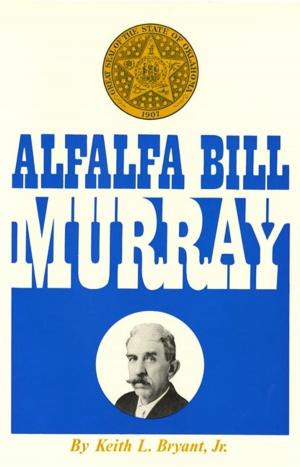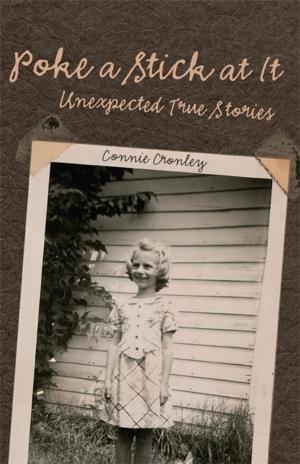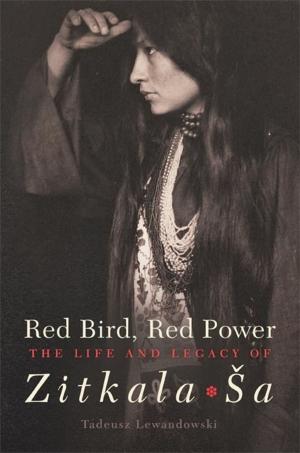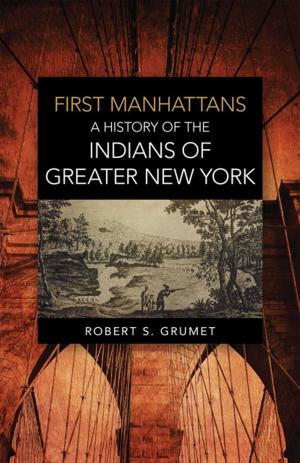Gold-Mining Boomtown
People of White Oaks, Lincoln County, New Mexico Territory
Nonfiction, Science & Nature, Technology, Mining, History, Americas, United States, 19th Century| Author: | Roberta Key Haldane | ISBN: | 9780806150673 |
| Publisher: | University of Oklahoma Press | Publication: | August 15, 2013 |
| Imprint: | University of Oklahoma Press | Language: | English |
| Author: | Roberta Key Haldane |
| ISBN: | 9780806150673 |
| Publisher: | University of Oklahoma Press |
| Publication: | August 15, 2013 |
| Imprint: | University of Oklahoma Press |
| Language: | English |
The town of White Oaks, New Mexico Territory, was born in 1879 when prospectors discovered gold at nearby Baxter Mountain. In Gold-Mining Boomtown, Roberta Key Haldane offers an intimate portrait of the southeastern New Mexico community by profiling more than forty families and individuals who made their homes there during its heyday.
Today, fewer than a hundred people live in White Oaks. Its frontier incarnation, located a scant twenty-eight miles from the notorious Lincoln, is remembered largely because of its association with famous westerners. Billy the Kid and his gang were familiar visitors to the town. When a popular deputy was gunned down in 1880, the citizens resolved to rid their community of outlaws. Pat Garrett, running for sheriff of Lincoln County, was soon campaigning in White Oaks.
But there was more to the town than gold mining and frontier violence. In addition to outlaws, lawmen, and miners, Haldane introduces readers to ranchers, doctors, saloonkeepers, and stagecoach owners. José Aguayo, a lawyer from an old Spanish family, defended Billy the Kid, survived the Lincoln County War, and moved to the White Oaks vicinity in 1890, where his family became famous for the goat cheese they sold to the town’s elite. Readers also meet a New England sea captain and his wife (a Samoan princess, no less), a black entrepreneur, Chinese miners, the “Cattle Queen of New Mexico,” and an undertaker with an international criminal past.
The White Oaks that Haldane uncovers—and depicts with lively prose and more than 250 photographs—is a microcosm of the Old West in its diversity and evolution from mining camp to thriving burg to the near–ghost town it is today. Anyone interested in the history of the Southwest will enjoy this richly detailed account.
The town of White Oaks, New Mexico Territory, was born in 1879 when prospectors discovered gold at nearby Baxter Mountain. In Gold-Mining Boomtown, Roberta Key Haldane offers an intimate portrait of the southeastern New Mexico community by profiling more than forty families and individuals who made their homes there during its heyday.
Today, fewer than a hundred people live in White Oaks. Its frontier incarnation, located a scant twenty-eight miles from the notorious Lincoln, is remembered largely because of its association with famous westerners. Billy the Kid and his gang were familiar visitors to the town. When a popular deputy was gunned down in 1880, the citizens resolved to rid their community of outlaws. Pat Garrett, running for sheriff of Lincoln County, was soon campaigning in White Oaks.
But there was more to the town than gold mining and frontier violence. In addition to outlaws, lawmen, and miners, Haldane introduces readers to ranchers, doctors, saloonkeepers, and stagecoach owners. José Aguayo, a lawyer from an old Spanish family, defended Billy the Kid, survived the Lincoln County War, and moved to the White Oaks vicinity in 1890, where his family became famous for the goat cheese they sold to the town’s elite. Readers also meet a New England sea captain and his wife (a Samoan princess, no less), a black entrepreneur, Chinese miners, the “Cattle Queen of New Mexico,” and an undertaker with an international criminal past.
The White Oaks that Haldane uncovers—and depicts with lively prose and more than 250 photographs—is a microcosm of the Old West in its diversity and evolution from mining camp to thriving burg to the near–ghost town it is today. Anyone interested in the history of the Southwest will enjoy this richly detailed account.
